Here are four original songs from Parousia’s first professional recording session at Filippone Sound Studios in Buffalo, NY.
Parousia began recording basic tracks for what was imagined to be the band’s first album on June 25th and 27th 1980. The plan was to lay down four original songs: ‘Oh My Love‘, ‘Malmedy’, ‘MissOgyny‘ and ‘Revelation‘ and then idealistically, secure an album deal with a major record label.
This was the first time the band stepped into a multi-track studio with professional recording equipment… our minds were reeling with possibilities. Then, a conundrum emerged… which songs will be recorded and who will write them?? Up until now, the band had written and performed a handful of original songs (“Angel” and “Oh My Love”, written by Gath Huels. “Cotton Holiday”, “I Like People”, “Revelation” “You Got Me All Crazy” written by Patt Connolly).
The division in musical styles was clearly defined in our music… Garth, Bob and Kim favored songs that were melodic, heavy and raw in nature with lots of guitar parts from power chords to lead solos, musically influenced by bands like Frank Zappa, Aerosmith, Kiss, Led Zeppelin, new-wave and punk.
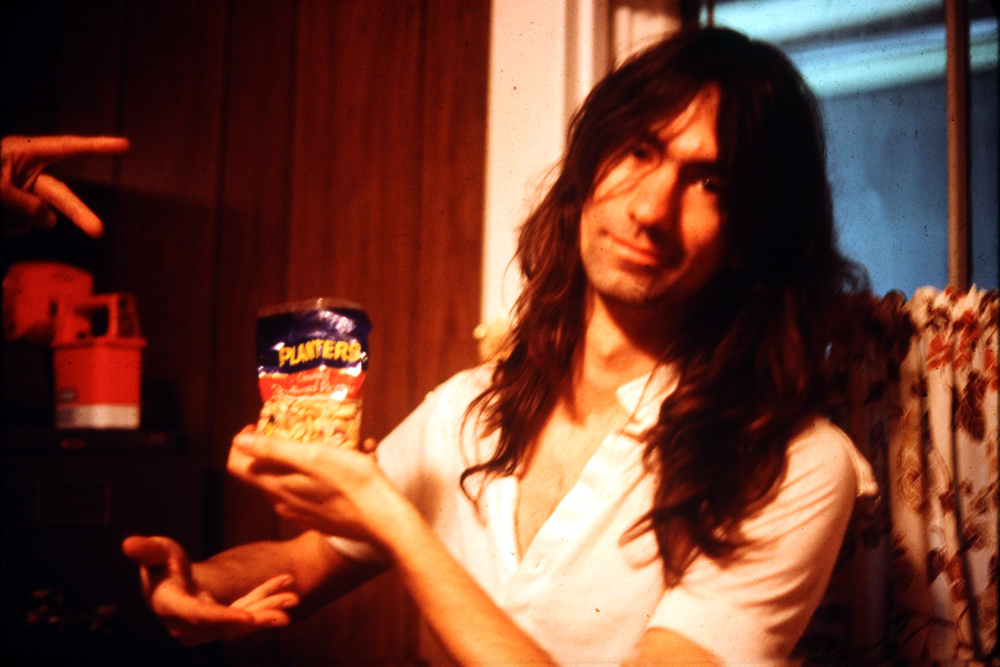
Garth Huels… gets his protein fix on between takes. He’s willing to share… THE FOOL doesn’t he know we’re starving musicians, we’ll eat them all!
Patt, Barry and Gerry’s music influences were also melodic and powerful but softer with complex musical parts, influenced by bands like Super Tramp, 10cc, Elton John, Jethro Tull, Alice Cooper and The WHO.
That’s not to say the band didn’t have its common ground. It did. Even when the majority didn’t like a song that one of the band members brought to the table, as a band we would try it together, give it our all and over time gained an appreciation for what it was. That was the beauty about writing and playing songs in Parousia.
We all agreed to a “loose-set of clearly defined” song writing rules for writing songs long before stepping into the studio for the first time. One of the rules was to “be inclusive”, in other words, write interesting parts for everyone in the band to play; electric / acoustic guitars, piano, organ, synthesizer, flute, bass, drums, percussion. Another rule; write catchy melodies that people will remember and want to hear again. Time-signature changes, instrument solos, dramatic beginnings & endings were welcomed and encouraged.
We had arguments about what musical parts were too “out there”, yet in the end we usually tolerated something that at first felt “weird” only later to realize its brilliance. The final rule: Whatever you write, make sure the band could play it live on stage. That proved very challenging at times but we never stopped us from trying to recreate the songs we recorded given the limitations of the technology we could afford to own.
For the first recordings, the band finally agreed on ‘Oh My Love‘ (written by Garth Huels), ‘Malmedy’ (written by Patt Connolly) ‘MissOgyny‘ (written by Kim Watts / Garth Huels) and ‘Revelation‘ (written by Patt Connolly & Garth Huels). The most difficult decision over which song to include, was the song “Miss Ogyny”.
“Miss Ogyny” was a ‘New Wave’ style song… it didn’t seem to fit at first, but in the long run, looking over Parousia’s long musical career, it did fit. The band’s writings spanned a wide range of musical styles, all designed to create songs that are original and interesting. “Miss Ogyny” is original and interesting. Ironically it later became the one song to give us notoriety in Western NY!
While recording basic tracks and overdubs in Randy’s studio, Parousia made the best use of a four-track recorder a seven-piece band could possibly make. It was a TEAC reel-to-reel, a classic piece of professional audio gear in the 70’s. Drums recorded on one track, bass on another, both guitars on another and on the fourth, keyboards. Once the basic instruments filled up all the tracks, it became necessary to bounce-down (combine) tracks to make room for instrument solos and vocals.
During the session, the head phone mix was in mono not stereo, on the left you could hear your own instrument and on the right, the rest of the band (if you were lucky). Without the luxury of a scratch vocal to listen to while recording, each band member had to memorize their own individual part in the song independent of hearing anyone else. It was challenging and insane. If one musician blew-it, it was back to the beginning to start all over again.
Patt’s song “Malmedy” proved to be the most challenging. “Malmedy” is just shy of eight-minutes in length and it includes every instrument Parousia owned at the time. From beginning to end the song had six distinct musical passages with separate time-signatures. Each musician had to hit the changes dead-on together and immediately be in the groove to keep the flow of the song.
In the middle of “Malmedy” there’s a transition from the calm / softer part of the song into the darker / heavier part. The transition required a full fade-down and fade-up of all instruments. Each band member had to manually fade their own instrument in real-time using dynamics. Coming up from the fade, the time signature was totally different with a much heavier feel.
The band had never been so focused, intent on playing every part perfectly. None of us wanted to be the musician responsible for screwing up and making the entire band start over again from the top.
On the vocals and the flute, the band experimented with an effect made by Roland called “Dimension D”. It added a chorus sound with a sweet spatialization, kind of a “special sauce”, something to use sparingly. You can hear the effect quite prominently in the beginning vocals of the song ‘Malmedy’ but because it was necessary to combine instruments on single tracks, there was no flexibility to add effects to individual instruments, only the sub-mix or global-mix.
On July 21st 1980, we finished overdubs and mixed-down all four songs in two separate mastering sessions and then made cassette copies for distribution. Finished tapes were submitted to local album contests held by WPHD and WGRQ. To our surprise, in February, 1981, 97 Rock (WGRQ) chose the song ‘MissOgyny’ to appear on their first “home-grown” album titled, “Buffalo Rocks” and ‘Oh My Love’ became ‘pick of the month’ on WUWU FM in November, 1983.

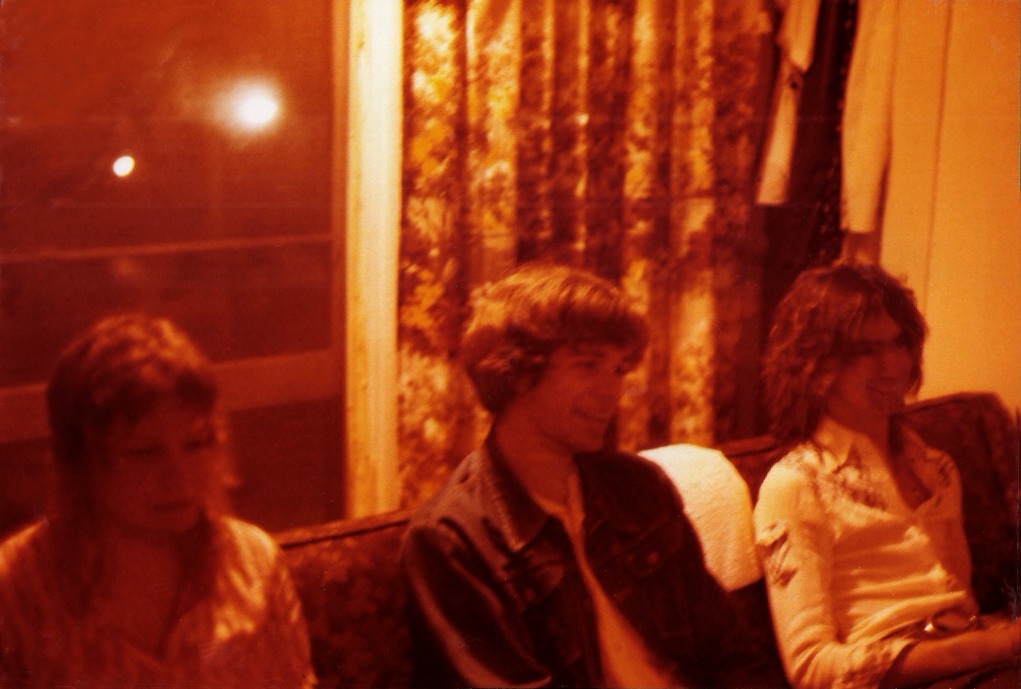
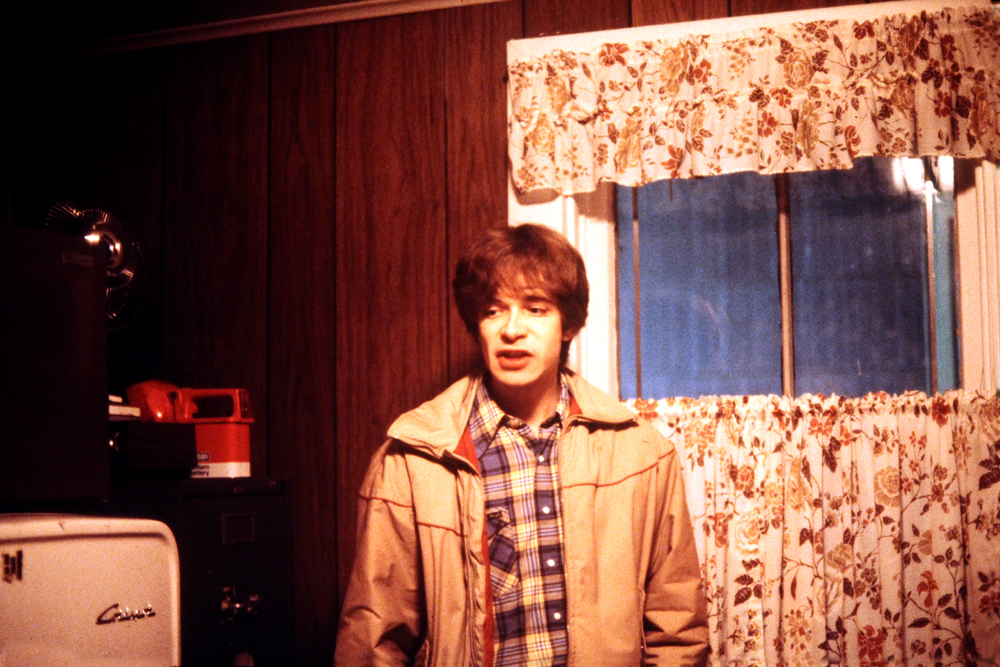
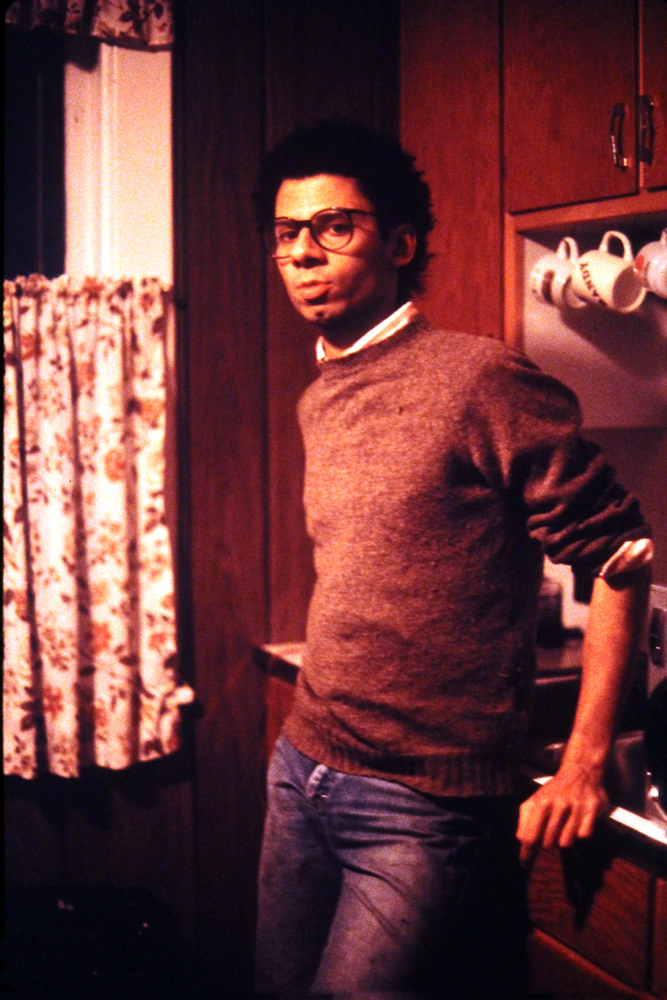


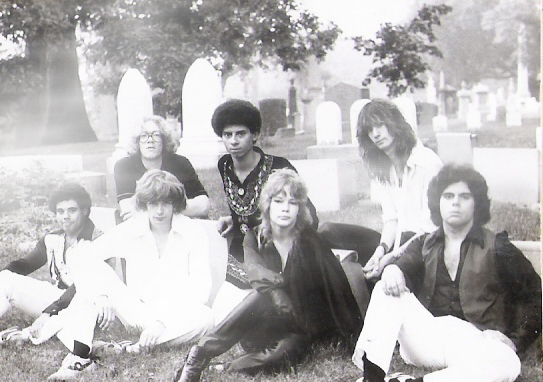
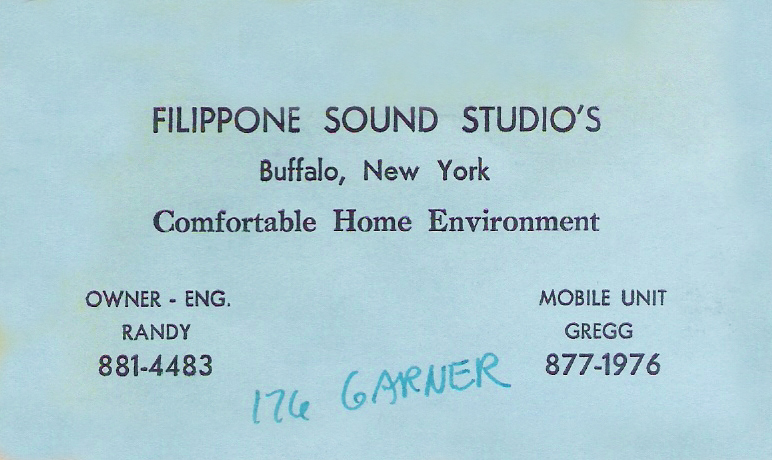

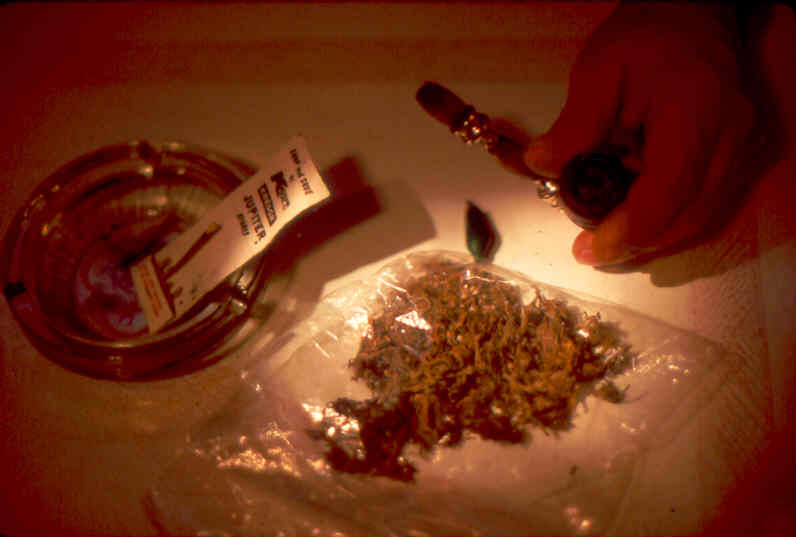
How come you didnt post this session in the songs? would like to hear the early version of Miss Ogyny and others
Hey Kevin, we finally posted all of the songs recording during our session at Filippone Sound Studios June 25-27, 1980 including the early version of Miss Ogyny.
Read More at https://parousiabuff.com/recording-sessions/our-1st-time-in-the-studio-filippone-sound-studios-june-25-27-1980, Written by Garth, Copyright © Parousia Buff
This was the guy’s house. We played in the living room – dining room area, and actually did record the vocals in the bathroom for the natural reverb effect. Randy, at the time, was a strong advocate of the Dimension D for the vocals, a phlanging device which was an early chorus effect. I know we didn’t like it at the time, and tried to limit its use as much as possible. Listen to the recordings and you will be able to pick out this effect, which gave the recordings a distinctive sound.
The four track had its limitations. Some of the instruments had to be premixed down to one track in order to have room for the vocals. That’s why we had to rerecord Miss Ogyny for the 97 Rock album. They wanted more control over the tracks in order to create a coherent album.
Although I wrote a majority of Revelation, Malmedy was really my baby. A three part progressive mini opera, it featured both the flute and my vocal range at the time. I was influenced (stole) from Jethro Tull, Yes and Supertramp. Writing for the band was extremely difficult, since by the band rules all seven of us must be playing and/or singing at all times so no one would feel slighted. Thus you have Kim’s mini xylophone part in Revelation, added to preserve the peace and my own personal well being. The beginning of Revelation is from a nursery rhyme I remembered from childhood, with some of the lyrics changed of course. It really exists. You can google it.
All in all, the most important part was that Randy charged us a fixed project rate (time was not a consideration), since we had very little money and could never at that time afford an hourly studio.
Yup, recording this project was challenging to say the least. All seven of us were responsible for laying down the basic tracks. Drums, bass, two guitars, piano, organ, percussion all going for it at the same time without the vocal line to guide us through the music. We had to know each song from beginning to end inside out. if one of us made a mistake, there was no punching in, it was back to the beginning to try again. When it came to recording ‘Malmedy’, laying down the basic tracks felt like running a marathon… I think it was Eric who was playing piano and Kim Watts had to assist on the Synth during song because it was impossible for Eric to play the real-time fade between the two sections using only two hands, it required a third. Then, we had to bounce-down tracks quite a bit to squeeze in all of the overdubs. Synthesizer, flute, vocal tracks and lead guitar.
In December 1979 Eric Scheda replaced Dave Maltbie on keyboards and brought with him an edgier style to the band. Eric was a classic rock keyboardist where Dave’s influences were jazz and avant-garde. Eric’s monster rock-gear included a Fender Rhodes, a Hammond B3 organ (with separate rotating Leslie speaker cabinet) an ARP Omni and a Moog Sonic Six. From 1978-1981 Parousia’s line-up hit seven members and the band starting gigging two and three times a week at clubs, schools, theaters and private parties. When the members of the band weren’t playing-out, we were at the Music Mall rehearsing new cover songs and writing original material.
To make our lives even busier, Patrick, Barry, Bob, Eric and Gerry were attending College and working part-time; Garth had a regular gig at Starseed Enterprise on Hertel Ave. Often the band would perform past two in the morning, then pack up the equipment, load-out and drive back to the Music Mall and unload not arriving back in our homes until 5 am or later, then sleep for an hour, get up and head-off to work or school or both. Later in the evening, it was back to the Music Mall for rehearsal or for load-out if booked for a gig.
Somehow in all this in the summer of 1980 the band found time to make its way into a recording studio for the first time.
In the late 70s early 80s this was mine and Marcia’s life. We came to all your concerts along with missy, my mom and Grandmother,your mom and Dad, and the tops group, kathy, Paula and Lenny. I guess we were your very loyal groupies. We had a lot of fun.
Parousia stepped into the studio for the first time wide-eyed and bursting with a ton of ideas for new songs, which brought with it its own dilemma. …Whose songs would we record? It was a difficult political decision because at the time, the band was divided into two distinct musical camps. Garth, Kim and Bob leaned towards heavy rock, punk rock and new wave bands, like Kiss, Ramones, and B-52’s. While Patt, Barry and myself leaned towards more subdue and complex bands like Supertramp, 10cc and Jethro Tull. After much non-intelligent discourse, it was decided that both the “heavy” camp and the “light” camp would each submit two songs for ‘band consideration’. It was agreed that any song submitted would adhere to the following rules: 1) Songs must be written in way that can be duplicated live on stage. 2) Songs should be “inclusive”; i.e.: write parts into your song for each musician in the band (piano, flute, organ, synth, guitars, bass, harmonies, etc). These “rules” laid down the ground work for our first set of studio recordings including, “Oh My Love” (written by Garth, a straight ahead English pop rock tune); “Revelation” (written by Patt, a classic progressive-rock song with a whimsical rendition of “White Coral Bells” as an intro); “Miss Ogyny” (a new-wave/ punk-rock song written by Garth/Kim) and “Malmedy”, an six-part episodic progressive rock-song (written by Patt). We submitted all four songs to record companies far and wide and in February of 1981 Starstream records responded. They had selected Kim and Garth’s song “Miss Ogyny” to be included on Buffalo’s first 97 Rock album titled,“Buffalo Rocks.”
‘Malmedy’ is the most unique song to come out of the 1980 recording studio session at Filippone sound and also proved to be the most challenging to record on four-track. The song is just shy of eight minutes and has six distinct musical passages, three with separate time-signatures and each of us had to hit those changes dead-on in spite of the fact the head phone mix was in mono and not stereo, (on the left you could hear your own instrument and on the right, the rest of the band, if you were lucky). Without the luxury of punching in later or having a scratch vocal track as a reference, each band member had to memorize their part in the song independent of anyone else and play it correctly each take from beginning to end. It was challenging and insane. If one musician blew-it, all of us had to go back to the beginning of the eight-minute song to start again.
To make it even more challenging; in the middle of “Malmedy” there’s a transition from the calm / softer part of the song into the darker / heavier part, requiring the band fade-down and then fade-up each instrument live, on the fly using good ol’ fashioned dynamics, playing with one hand and working the volume control knob with the other hand, all of us at the same time together. In coming up from the fade, the time signature was totally different, with a much heavier feel. While recording ‘Malmedy’, everyone was focused and intent on playing each part perfectly. …Probably because no one wanted to be the musician responsible for screwing-up the track, forcing all of us to start over again from the top. The end result was worth it and along the way ‘Malmedy’ became more than a song it became a romantic adventure, written as a tale of unrequited love immersed in the events surrounding the ‘Battle of Malmedy’, Belgium, 1944. Musicians: Patt Connolly (vocal/flute); Kim Watts (vocal); Garth Huels (vocal/guitar); Barry Cannizzaro (vocal/guitar); Gerry Cannizzaro (drums); Robert Lowden (bass); Eric Scheda (keyboards).
Just goes to show that you don’t need many different tracks to create good interesting music. When I started recording I had a mono, full track recorder though most of what I recorded was documenting performances and not studio level recording. Nice to see a performance not relying on a splicing block.
re: Malmedy: Interesting composition with all those time changes….
The Brother’s
“Revelation” by Parousia, the third track recorded at Filippone sound, Buffalo NY 1980. Intended to be a “commercialized” progressive-rock song fewer than three minutes in length and playable on radio stations other than AOR. The band had ‘high-hopes’ recording “Revelation”, thinking this was the song to get us noticed and were a bit surprised when another track, “Miss Ogyny” was chosen to be on “Buffalo Rocks”, the 97 Rock compilation
When TRITIUM recorded with Randy… we hadn’t yet decided on our name…
He put us on the chalkboard as Black/ Purple… cuz we kinda sounded like a cross between Black Sabbath, & Deep Purple
“Oh My Love” is the first track from the Filippone Sound sessions and the easiest for the band to record out of the four-song set. Written by Garth Huels, “Oh My Love” is in the spirit of a British invasion pop-song. Uplifting, instantly catchy and only 3:15 minutes in length, the song was produced with intentions to be playable on commercial radio and that strategy worked for us when “Oh My Love” became “pick-of-the-month” on WUWU FM, a Buffalo, NY radio station that featured a mix of new wave, metal, and mainstream rock. Imports and “new artists” were common. Musicians: Garth Huels (guitar/vocals); Kim Watts (vocals); Patt Connolly (vocals); Robert Lowden (bass guitar); Eric Scheda (keyboards); Barry Cannizzaro (guitar); Gerry Cannizzaro (drums).
re: “Oh My Love”: Reminded me of the Beatles